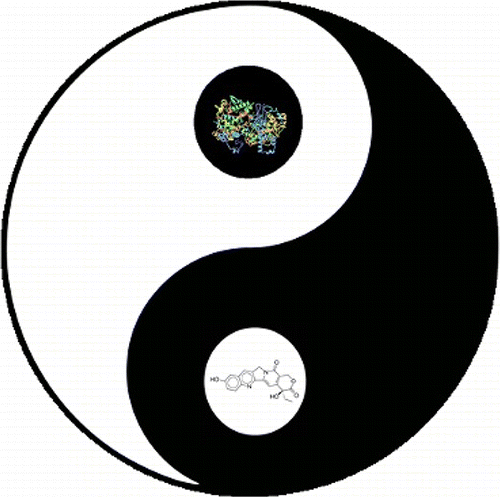Paving the way for greater use of ancient medical knowledge
.jpg)
Scientists are reporting an advance toward overcoming a major barrier to tapping the potential of traditional Chinese medicine (TCM) and India's Ayurvedic medicine in developing new and more effective modern drugs. Their report appears in ACS' Journal of Chemical Information and Modeling.
Andreas Bender and colleagues explain that TCM has made key contributions to modern medicine. In the world's largest international clinical trial, for instance, scientists concluded that Artesunate, a derivative of the Chinese herb qinghao, should replace quinine as a treatment for severe malaria in both adults and children worldwide. Traditional medicines have a track record in benefiting human health that spans thousands of years. However, gaps in knowledge about how these medicines work in the body, their "mode of action" (MOA)—limit their use today. Information about a drug's MOA is important for better understanding of both the beneficial effects and side effects of treatments.

They describe an algorithm that can help explain how these substances work in the body, and use of it to help understand the MOA of traditional anti-inflammatory medicines. An algorithm is a step-by-step procedure to generally analyze data, which the scientists applied to predicting how the active chemical ingredients in traditional medicines affect biological processes. "By establishing the MOA of these compounds, the gap between Western and traditional medicine can be reduced," the report concluded.
More information: "Chemogenomics Approaches to Rationalizing the Mode-of-Action of Traditional Chinese and Ayurvedic Medicines" Journal of Chemical Information and Modeling. DOI: 10.1021/ci3005513
Abstract
Traditional Chinese medicine (TCM) and Ayurveda have been used in humans for thousands of years. While the link to a particular indication has been established in man, the mode-of-action (MOA) of the formulations often remains unknown. In this study, we aim to understand the MOA of formulations used in traditional medicine using an in silico target prediction algorithm, which aims to predict protein targets (and hence MOAs), given the chemical structure of a compound. Following this approach we were able to establish several links between suggested MOAs and experimental evidence. In particular, compounds from the 'tonifying and replenishing medicinal' class from TCM exhibit a hypoglycemic effect which can be related to activity of the ingredients against the Sodium-Glucose Transporters (SGLT) 1 and 2 as well as Protein Tyrosine Phosphatase (PTP). Similar results were obtained for Ayurvedic anticancer drugs. Here, both primary anticancer targets (those directly involved in cancer pathogenesis) such as steroid-5-alpha-reductase 1 and 2 were predicted as well as targets which act synergistically with the primary target, such as the efflux pump P-glycoprotein (P-gp). In addition, we were able to elucidate some targets which may point us to novel MOAs as well as explain side effects. Most notably, GPBAR1, which was predicted as a target for both 'tonifying and replenishing medicinal' and anticancer classes, suggests an influence of the compounds on metabolism. Understanding the MOA of these compounds is beneficial as it provides a resource for NMEs with possibly higher efficacy in the clinic than those identified by single-target biochemical assays.
Journal information: Journal of Chemical Information and Modeling
Provided by American Chemical Society















